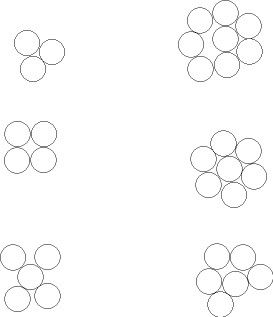kwired
Electron manager
- Location
- NE Nebraska
- Occupation
- EC
Is cross sectional area as much of a problem as how different numbers of conductors fit well together inside the connector?I need to correct myself.
The specs range is from 4 #14 to 6 #10. Not maximum 5#12s.
If I have done this correctly:
area of #10 is 10380 so 6 #10s = 62280 circular mils
area of #12 is 6530 so 8 #12s = 52240 circular mils

I like how 3, 4, and 7 of same size fit together reasonably well, the others have some question on how good of a connection you can really make. This assuming all are same size, put mixed sizes together and could get more complicated to make them fit well

